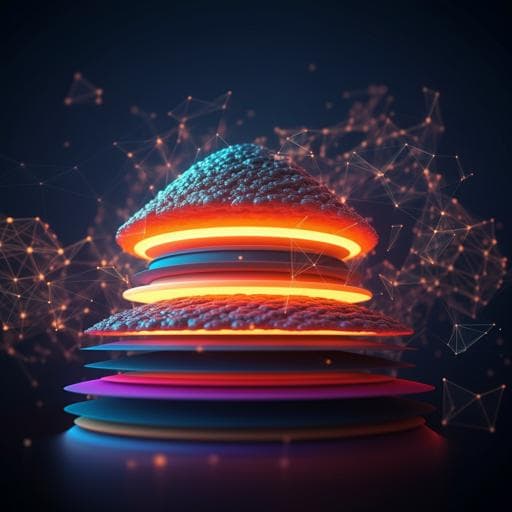
Physics
Toward automated classification of monolayer versus few-layer nanomaterials using texture analysis and neural networks
S. H. Aleithan and D. Mahmoud-ghoneim
This research conducted by Shrouq H. Aleithan and Doaa Mahmoud-Ghoneim delves into the cutting-edge automated classification of nanostructures using texture analysis and neural networks, achieving impressive accuracy rates. Discover how advanced techniques like run-length matrix enhance our understanding of monolayer and few-layer MoS2 and WS2!
~3 min • Beginner • English
Related Publications
Explore these studies to deepen your understanding of the subject.







